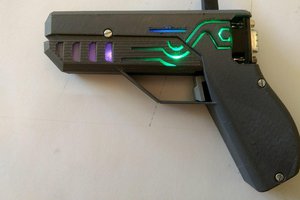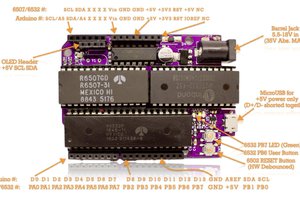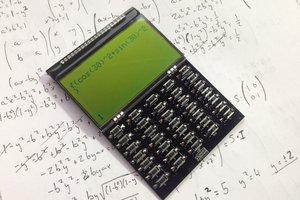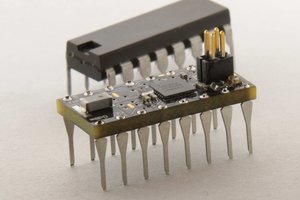Using three 573 registers for addressing the 16 address lines of a 64K ROM the #Relatively Universal ROM Programmer should be able to handle most ROMs, even using a development board with a modest pin count.
It comes with a boost regulator to provide 14V erasure voltage (actually anywhere from 4.5->36V-ish) and 12V programming voltage for the more old school varieties, but it's also meant to be a cheap way to program more friendly ROMs like the typical 5V programming ones.
It uses simple bjt drivers for switching VPP/VEP at minimum cost.
Since there are quite a lot of different ROMs out there that share pin counts, but might not share timing details etc, the software part is currently up to the appetite of the hacker using it, coming in several different varieties. 6502 assembly routines are provided for the basics, an Arduino sketch with support for a few ROMs(including standalone blank checking and erasure), and finally an easy to use third party firmware and Python app with support for 100s of different (E(E))PROMs and Flash ROMs
After a year of development the Relatively Universal ROM Programmer is certainly a contender for the title of a hacker's favorite ROM programmer.
Here's the Revision 2 announcement:
Here's the kit announcement:
Here's a part of the build process..
 Anders Nielsen
Anders Nielsen




 Xasin
Xasin

 Ramón Calvo
Ramón Calvo
 Philip
Philip
I got the programmer from iMania. Works perfectly. The only thing is I'd like to have a detailed description of jumper configuration. Is that possible?
My main concern is how to supply vpe instead of vpp to the chip (I need 21V) and what are the goldpins beneath A0 pin?